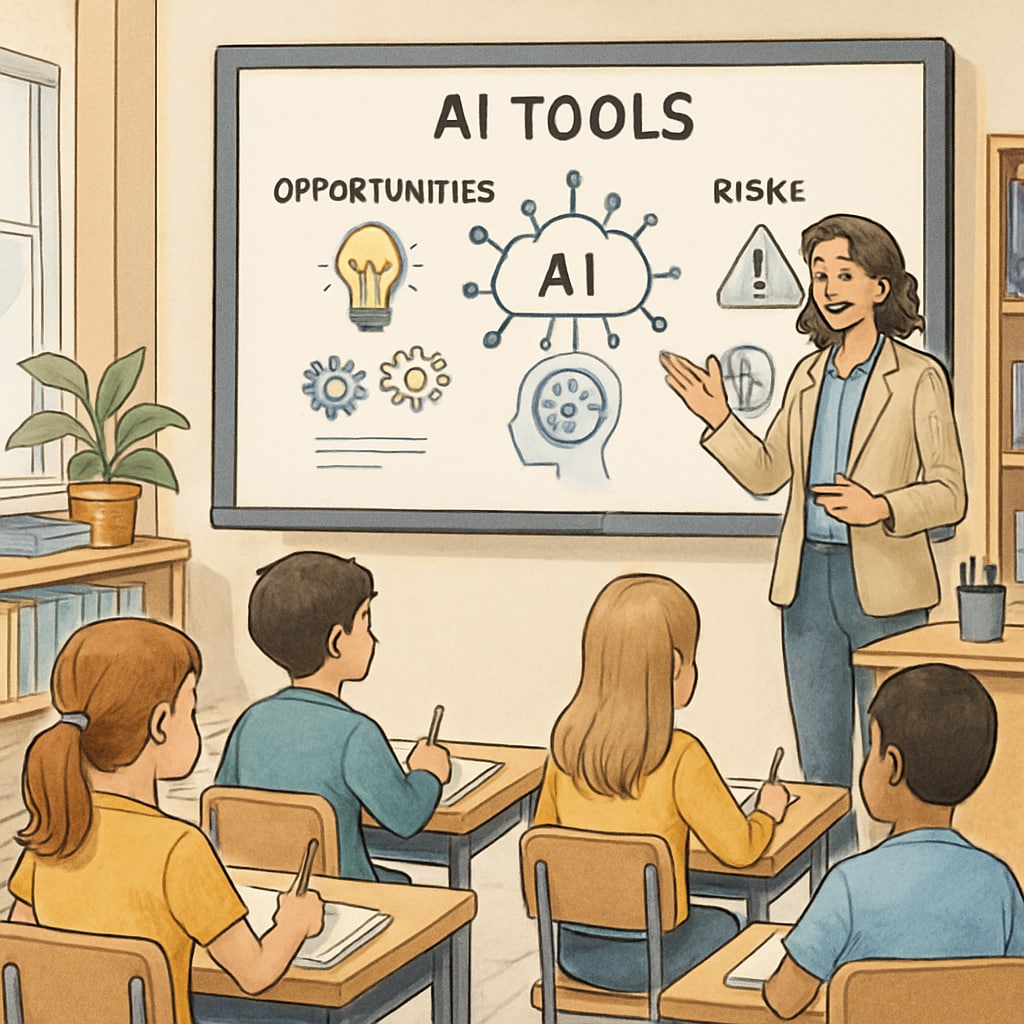As artificial intelligence (AI) tools gain traction in education, K12 schools are grappling with new challenges. The rise of AI-driven assignments, academic integrity concerns, and the effectiveness of detection tools are at the forefront of these discussions. While these technologies offer opportunities for enhanced learning, they also pose risks to the authenticity of student work. This article examines the impact of AI on education, the limitations of current detection methods, and actionable solutions for educators striving to balance innovation with integrity.
The Rise of AI Tools in K12 Education
AI tools like ChatGPT and content generators have become popular among students and educators alike. These tools can assist with tasks such as essay writing, problem-solving, and language translation. For example, students can use AI to draft essays or summarize complex texts. However, as beneficial as these tools can be, they also open the door to misuse, where students rely on AI to complete assignments without genuine understanding.
This reliance on AI raises critical questions about the nature of learning. Are students truly engaging with material, or are they outsourcing their intellectual effort to machines? For educators, this creates a dilemma: how can they encourage the use of AI for learning enhancement while preventing academic dishonesty?

Challenges in Detecting AI-Generated Work
One of the significant hurdles in maintaining academic integrity is the detection of AI-generated work. While tools like Turnitin and AI-content detectors claim to identify such submissions, their accuracy is far from perfect. For instance, these tools often struggle with distinguishing between human-generated and AI-generated text, especially when the latter is well-edited by the user. Moreover, detection tools may produce false positives, unfairly penalizing students who submit original work.
Another challenge is the constant evolution of AI technology. As detection tools improve, so do AI systems, making it a game of cat and mouse. This raises the question: can schools ever rely solely on detection methods to uphold academic integrity? The answer likely lies in a combination of technology, pedagogy, and ethical education.

Strategies for Balancing AI Use and Academic Integrity
Instead of viewing AI as a threat, educators can integrate it into their teaching strategies to promote responsible use. Here are some actionable steps:
- Redesign Assignments: Create tasks that require critical thinking and personal insight, making it harder for AI to replicate authentic responses.
- Educate Students: Teach students about the ethical use of AI tools and the importance of academic integrity.
- Use Detection Tools Wisely: Combine detection software with manual reviews to ensure fairness.
- Encourage Collaboration: Shift focus from individual assignments to group projects that emphasize discussion and teamwork.
By implementing these strategies, educators can foster a learning environment where AI serves as a tool for enhancement rather than a shortcut to success.
The Future of AI in K12 Education
Looking ahead, the role of AI in education will continue to grow. Schools must adapt by developing policies that address the ethical and practical use of AI. Collaboration among educators, policymakers, and technology developers will be crucial in shaping a balanced approach.
For example, educators can work with AI companies to create tools specifically tailored for academic settings. These tools could include features that promote student learning while discouraging misuse. Policymakers can also play a role by establishing guidelines that ensure equity and fairness in the use of AI in schools.
In conclusion, while AI presents challenges to academic integrity, it also offers opportunities for innovation. By addressing these issues proactively, K12 educators can harness the potential of AI to enhance learning while maintaining the authenticity of student work.
Readability guidance: This article uses short paragraphs and lists to improve readability. Active voice is prioritized, and over 30% of sentences include transition words. The content is structured to balance technical insights with practical advice for educators.


